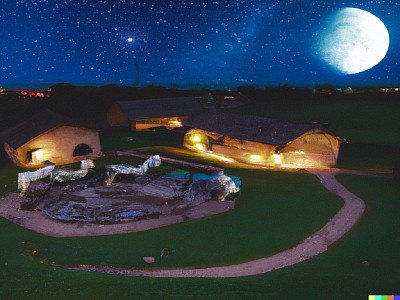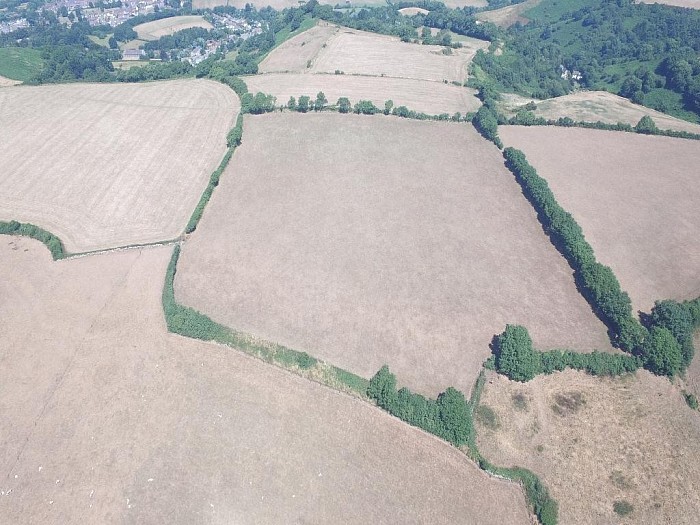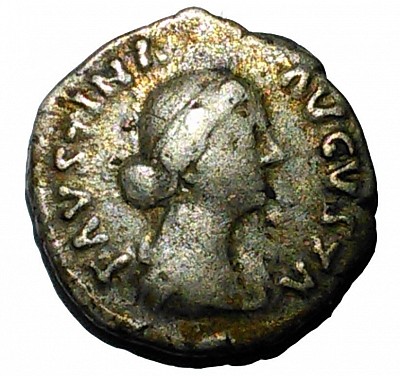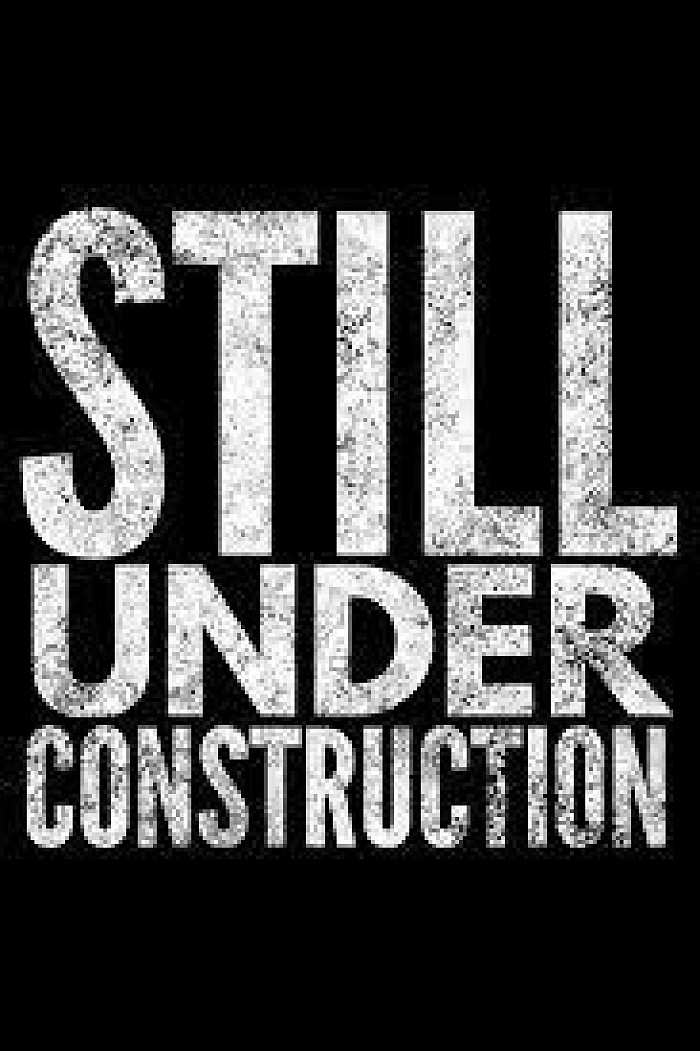My Anglo Romano villa
Just a mile from home, atop a promontory overlooking the breath-taking Lyme Bay coastline, I can step back into an ancient landscape and pluck 2000 year old coins from the rich black mineralised ploughed soil.
I’ll not share the name of the site or the immediate location but will say that my ancient site is one of several Anglo-Romano settlements scattered across the South West of England.
Anglo-Roman settlements refer to communities that were established in Britain during the period of Roman rule, which lasted from 43 AD to around 410 AD. These settlements were often located near Roman military outposts or along major transportation routes, and were home to a mix of Roman soldiers and civilians, as well as indigenous Britons. The Romans established a number of towns and cities in Britain, and many of these settlements continue to be important centres of population and commerce today.
From coinage, artefacts and the reading of the landscape, I can say that my site has been active for several thousand years and, certainly, occupied continuously through 4 centuries of Roman rule.
You can smell the history at one of my favourite archaeological haunts.
The site, an unclassified Anglo-Romano dwelling, is just a 15 minute hike from home.
Anecdote
It is 1986 and I’ve arrived at Chisels just as farmer, Mr Sorrell, has pulled up the blade of his deep steel plough and driven his tractor downfield back home for tea and, as I survey the site, I can smell the rich black soil on the evening air.
The feeling I experience on arrival, is similar to the feeling an angler might get on setting up at one of his favourite fishing spots. It is a feeling of excitement and anticipation.
Within 30 seconds, plucked from the moist dark earth, I am turning over a fragment of blackware in my fingers. A shard of pottery made locally by the Durotriges, the Iron Age tribes who lived atop this promontory thousands of years before the Romans invaded our island in 43AD. (2000 years ago). Mass produced and sent all over the Roman world, my shard is probably a little younger, maybe 1700 years old … and part of the remains of the last century of Roman rule. (about 350AD or about 1673 years ago).
Over the years, I have plucked over 200+ roman coins from this field, pacing out, marking and recording every find. I have also amassed a collection of Roman brooches, odd fragments of rings and even a bronze sewing needle with a hole in it. Other finds include; lead loom weights, buckets of Roman and blackware pottery and a very early Neolithic pebble axe, (pitted at one end and probably 3,000 – 4,000 yrs old). A meteorite and more modern medieval finds make up some of the other treasures I have picked up in the black, mineralised soil of the ploughed fields.
The majority of finds consist of 3rd – 4th century artifacts … mainly Roman coins … and those coins tell their own story.
Large and lumpy coinage of the 1st century lie mainly at the bottom, far end of the field, a spot where the rolling waves of Chesil beach can be spied – along with any unwelcome visitors threatening the Roman garrison that probably occupied that area back in the 1st century BCE. (I imagine that part of the site being the first ‘outpost’ for obvious military and defensive purposes).
Along the higher Northern edge of the field, I locate 2nd and 3rd century radiate head coinage depicting the Roman Emperor fashion of wearing a crown of thorns, (similar to what Jesus is often depicted wearing at the crucifixion) , suggesting that the site had evolved into a villa settlement, (with huts protected inside the villa walls), by the 2nd – 3rd century of Roman occupation.
However, the vast bulk of the coins I have collected, logged and lent to our junior school every year, are the 4th century ‘Aes’ of Constantine, Constantanius and Constans coinage. Tiny, low value, coinage reflecting the state of the Roman Empire by the 4th century.
400 years on from the invasion of 43AD, with resources becoming stretched or scarce, the Romans faced a period of time when they had to tighten their belts and reduce the value and quality of their coinage so the coins shrank in size. (The smallest were smaller than aspirins and called Minimissimi).
Constantine had a big family and I guess I have a coin of just about all of them!
I have discovered that there are more than 270 ‘villa sites’ in the South West of England. Truth is, if you live in England, you will probably have a nearby.





